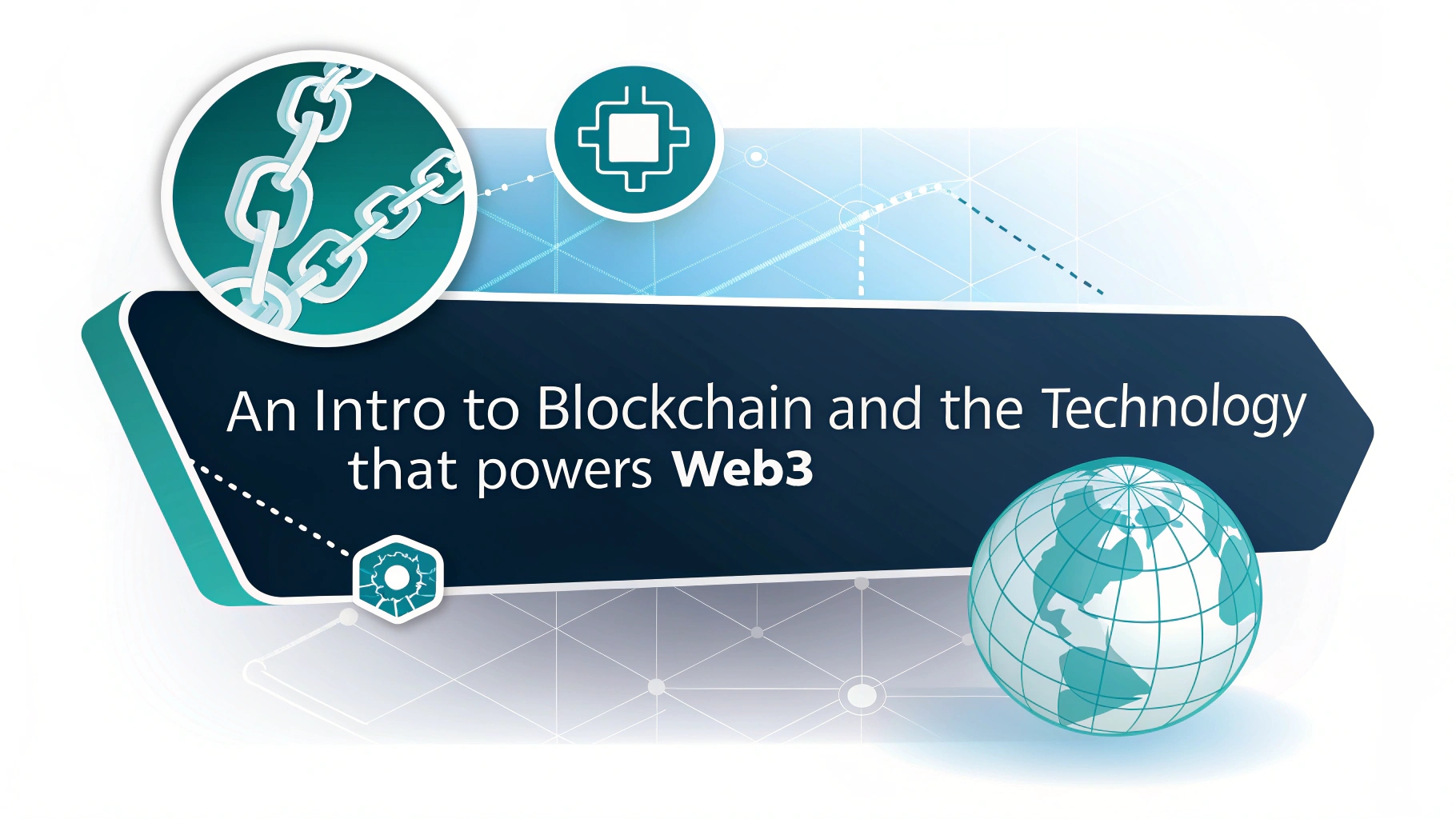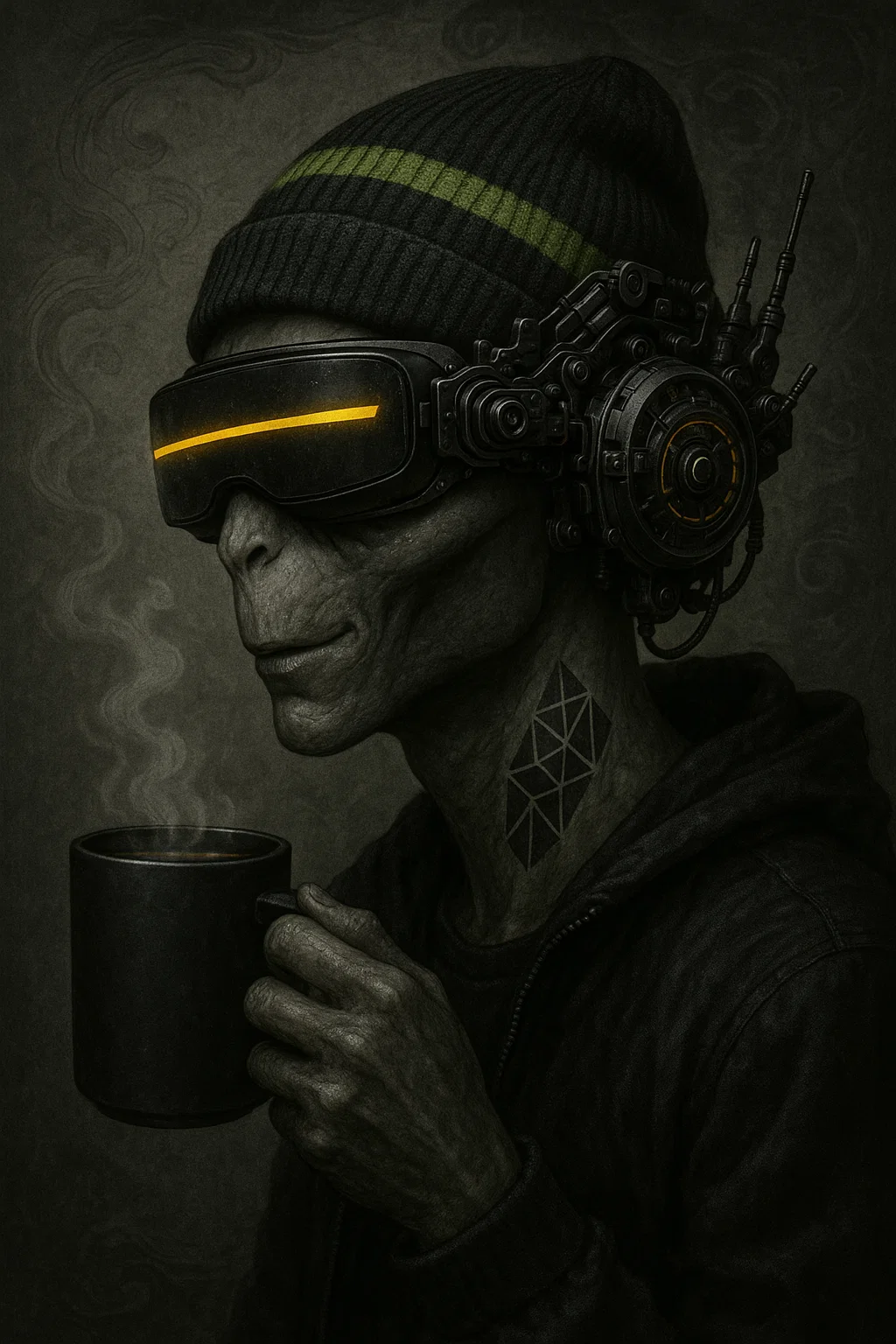In the current digital landscape, most websites and applications are hosted on centralized servers managed by large corporations. This centralization grants these entities significant control over data and user interactions. Web3 emerges as a transformative approach, advocating for a decentralized internet where users regain control, enhancing privacy, security, and autonomy.
🔗 Understanding Blockchain
At the heart of Web3 lies blockchain technology—a decentralized ledger system that records transactions across a network of computers, ensuring transparency and security without the need for a central authority.
🧱 What Are Blocks?
Data within a blockchain is grouped into “blocks,” each containing a list of transactions. These blocks are cryptographically linked to one another, forming a chronological “chain.” This structure ensures that once data is recorded, it becomes immutable, safeguarding against tampering and fraud.
🖥️ Role of Nodes
Nodes are individual computers participating in the blockchain network. Each node maintains a copy of the entire blockchain and works collaboratively to validate and record new transactions, ensuring the network’s integrity and resilience.
🤝 Consensus Mechanisms
To agree on the validity of transactions, blockchain networks employ consensus mechanisms. One common method is Proof of Work (PoW), where nodes solve complex mathematical puzzles to validate transactions and add new blocks. This process deters malicious activities and ensures trust within the network.
🪙 Cryptocurrency: The Fuel of Web3
Cryptocurrencies are digital assets native to blockchain networks. They serve multiple purposes:
-
Incentivizing Nodes: Nodes receive cryptocurrency rewards for validating transactions and maintaining the network.
-
Facilitating Transactions: Users can transfer value globally without intermediaries.
-
Powering Decentralized Applications (DApps): Many DApps utilize cryptocurrencies for in-app transactions and services.
🔐 Crypto Wallets: Your Gateway to Web3
To interact with blockchain networks and manage cryptocurrencies, users rely on crypto wallets.
🧳 Types of Wallets
-
Software Wallets: Applications installed on devices, offering convenience for daily transactions.(en.wikipedia.org)
-
Hardware Wallets: Physical devices providing enhanced security by storing private keys offline.
🗝️ Private and Public Keys
Each wallet comprises:(kraken.com)
-
Public Key: An address shared with others to receive funds.(kraken.com)
-
Private Key: A confidential code granting access to the wallet’s contents.(kraken.com)
Safeguarding the private key is paramount; loss or exposure can result in irreversible loss of assets.
🌐 Web3: The Decentralized Internet
Web3 represents the evolution of the internet, emphasizing decentralization, user empowerment, and enhanced privacy.
🛠️ Key Features
-
Decentralization: Eliminates central authorities, reducing censorship and single points of failure.
-
User Ownership: Individuals have control over their data and digital assets.
-
Interoperability: Seamless interaction between various DApps and services.(bitcoin.com)
🦊 iBrowe: Your Portal to Web3
Enter iBrowe 🦊, a cutting-edge browser designed to facilitate seamless interaction with the Web3 ecosystem.(metamask.io)
🌟 Features of iBrowe
-
Integrated Crypto Wallet: Manage multiple cryptocurrencies directly within the browser.(carbon.website)
-
DApp Compatibility: Access and interact with a plethora of decentralized applications effortlessly.
-
Enhanced Privacy: Built-in tools to block trackers and ads, ensuring a secure browsing experience.(bitcoin.com)
-
User Rewards: Earn tokens for engaging with content and participating in the ecosystem.
🚀 Embrace the Future
The transition to Web3 signifies a monumental shift towards a more open, secure, and user-centric internet. By understanding and leveraging technologies like blockchain, cryptocurrencies, and tools like iBrowe 🦊, individuals can actively participate in shaping the digital landscape of tomorrow.
Note: The above content is crafted for educational purposes, aiming to provide a foundational understanding of Web3 and its associated technologies.


